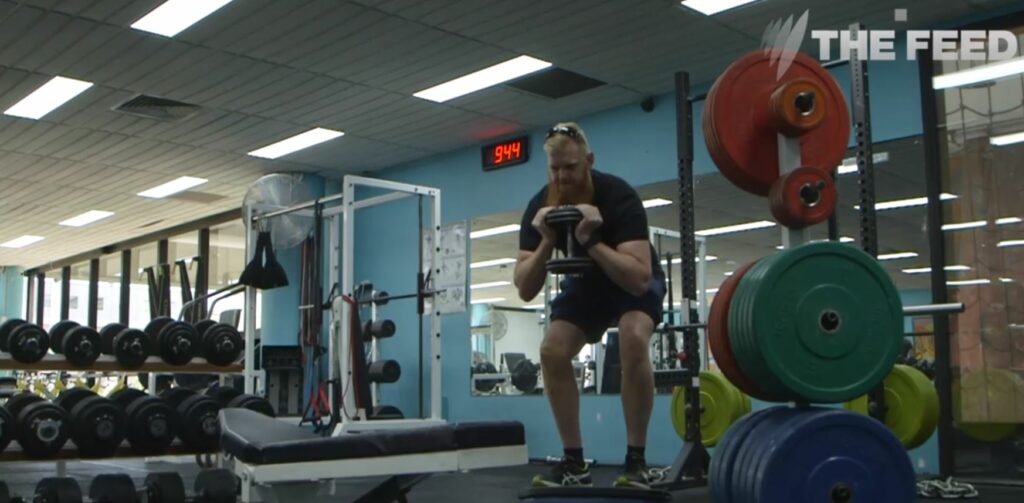A couple of weeks ago, I sat down and watched TV.
I don’t watch TV often. I don’t cry often.
But an SBS Insight episode discussing surgery I couldn’t miss, and it brought a tear to my eye. The general narrative was that in Australia, there is too much surgery occuring. A lot of this is ineffective at best, and in some cases harmful. The panel, including Ian Harris, Rachelle Buchbinder, Matthew Williams and others did an amazing job of ensuring this message was clear and accurate.
So why the tears. Rhys was a patient of mine. I still vividly remember the first consultation with him. Listening to his story was harrowing. In many ways, his story (along with others) has been a big driver of my passion for knowledge translation and implementation in my research away from the clinic.
There were many reflections as he described what had led him to say to me, “If someone said they would amputate my leg, I would say yes.”
How does an otherwise healthy 31 year old with knee pain get to this point?
The story on insight was focussed on when and who makes the decision in relation to surgery. Rhys had 11 surgeries in total up to the age of 31. Despite this, he couldn’t walk down a flight of stairs or sit on a train due to pain.
Inappropriate surgery is not our only problem
Rhys had also seen many physiotherapists along the way. Lots of this treatment had focussed on passive modalities like ultrasound, massage, and other things to get the knee moving. Sometimes there was exercise but this was rarely progressed or well guided.
So when Rhys would tell a surgeon or GP what he had tried to help manage his pain, this would include physiotherapy.
So it would be easy to make the assumption that physiotherapy was not a valuable option for Rhys. Instead, perhaps another injection or surgery would help. We know most of this is low value care, but in Rhys’s shoes you would try anything!
Of note, research indicates less than 4% of people attending a GP clinic with knee osteoarthritis are referred to a physiotherapist.
Rhys’s program was not complicated – lots of education, reassurance, and guidance with exercise. He attended what was called Pilates, but this included doing things like back squatting more than 100kg (kudos Dave Thwaites for you innovative approach to taking Pilates classes at Complete). The key was following appropriate exercise prescription principles, along with consistent and quality patient education.
Rhys’s story ended (relatively) well. But it could have been far better if he was provided appropriate education and exercise from the beginning – and as a physiotherapy profession there was opportunities presented. There are many more community members with similar stories to Rhys currently receiving passive (mostly low value) treatment. Some of them also have surgery, some of them do not.
Call to action
It is time for us as physiotherapists to stand up and offer, and optimise high value care to our patients.
This means minimal (or no) manual therapy. Instead focus on education (number 1), along with tailored and progressive exercise therapy.
Many physiotherapists already do this. Unfortunately though, many also do not.


